Astronomers have unveiled breathtaking images of Comet 3I/ATLAS, a rare interstellar object currently passing through our solar system. This marks only the third confirmed visitor from beyond our star system, following the famous ‘Oumuamua in 2017 and 2I/Borisov in 2019.
A Rare Cosmic Visitor
Using the Gemini South telescope in Chile, observers recently captured a vivid image of the comet. The photo shows a glowing coma surrounding its icy core and a delicate tail streaming away from the Sun, created as the comet’s frozen materials vaporize. Scientists emphasize that while it is visually striking, the comet poses no danger to Earth.
Hubble and Webb Reveal Hidden Secrets
The Hubble Space Telescope offered a sharper view of the comet in July, showcasing a dusty, teardrop-shaped cocoon around its nucleus. Meanwhile, the James Webb Space Telescope provided detailed spectral analysis, revealing that 3I/ATLAS contains unusually high levels of carbon dioxide compared to water—an extraordinary chemical ratio not often found in solar system comets.
This composition suggests that the comet may have formed in a region rich in CO₂ ice within a distant protoplanetary disk, or that it has been shaped by radiation in the interstellar medium. Traces of water ice, water vapor, carbon monoxide, and other compounds have also been detected, offering a chemical fingerprint of its alien origin.
Why It Matters
For scientists, 3I/ATLAS is a scientific goldmine. Each observation brings us closer to understanding the diversity of planetary systems beyond our own. The comet not only provides clues about distant star systems but also about the building blocks of planets and the chemistry of the wider galaxy.
As it races across our skies, Comet 3I/ATLAS offers humanity a fleeting glimpse of material forged in another corner of the cosmos—an awe-inspiring reminder of how vast and interconnected the universe truly is.

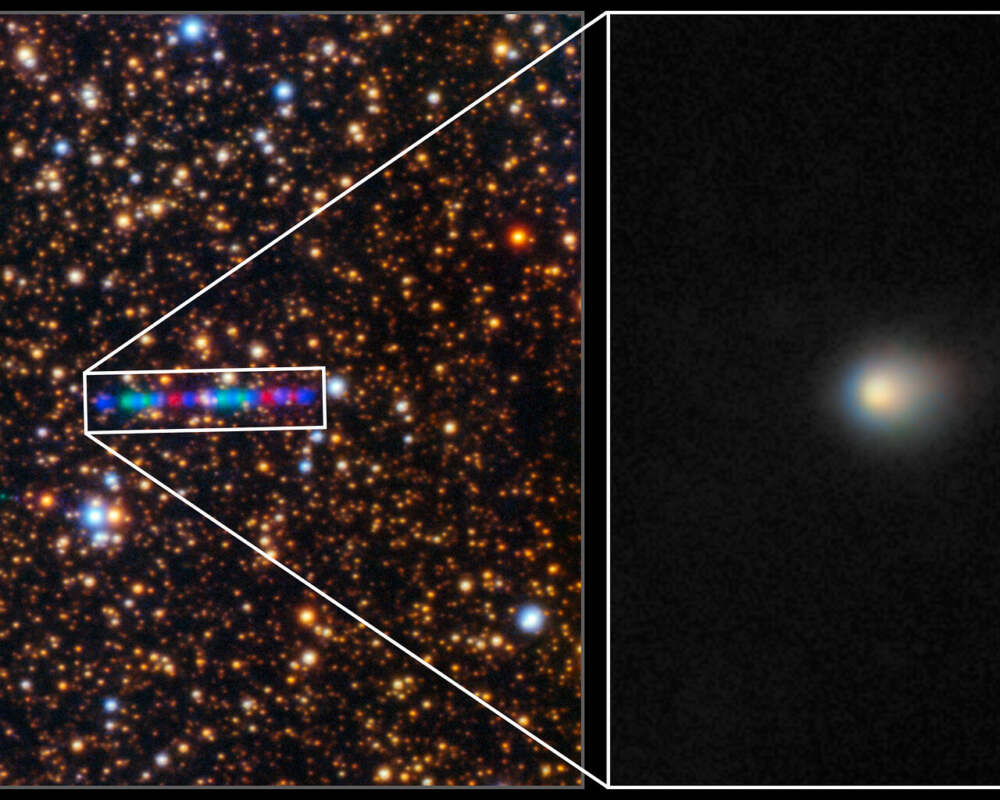

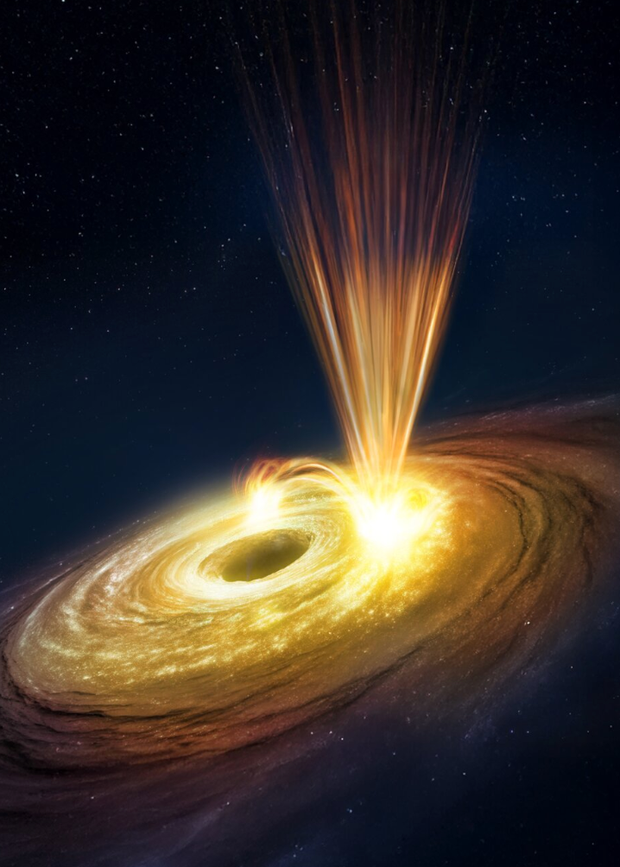

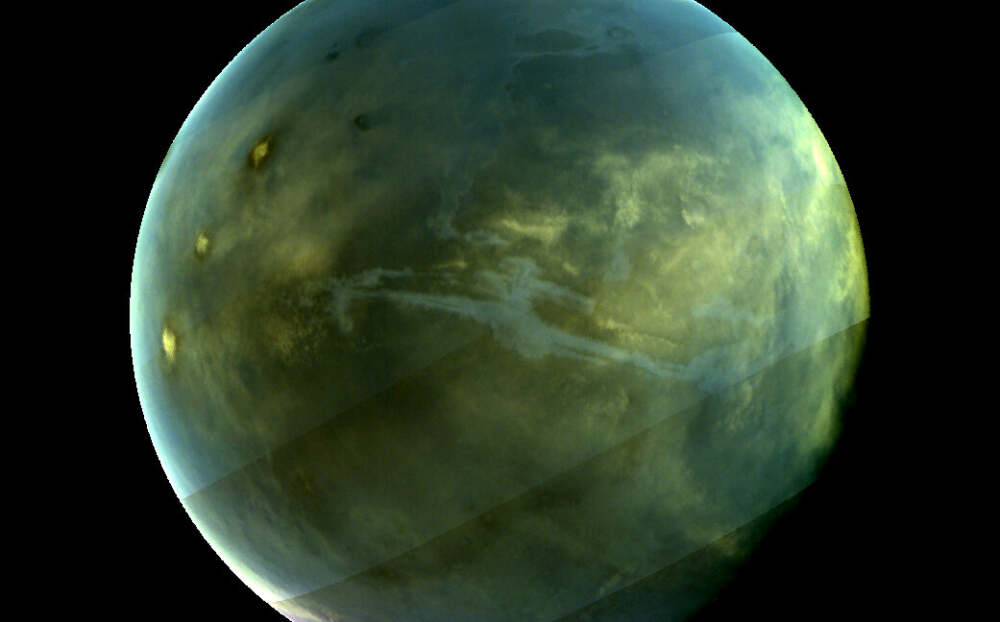
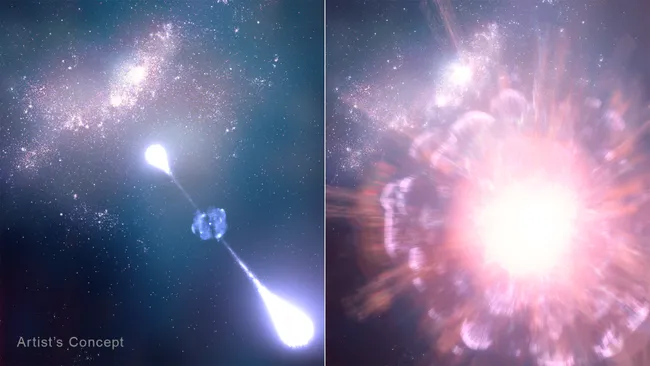
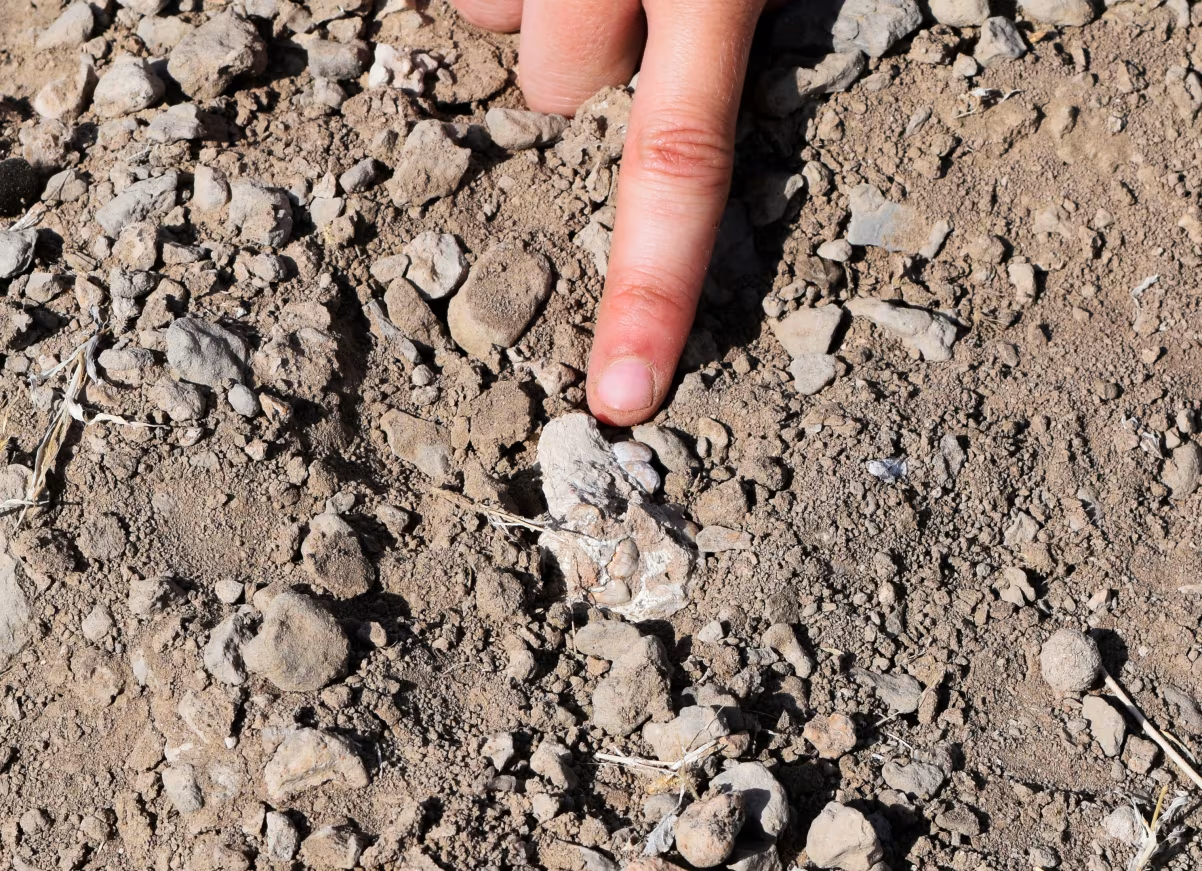
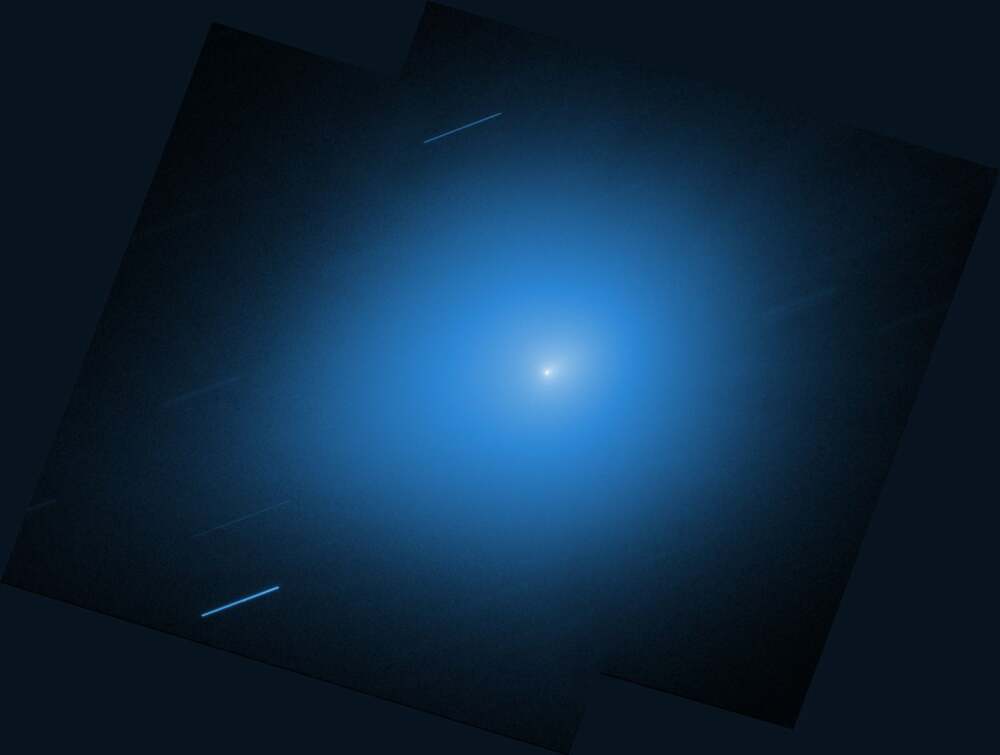


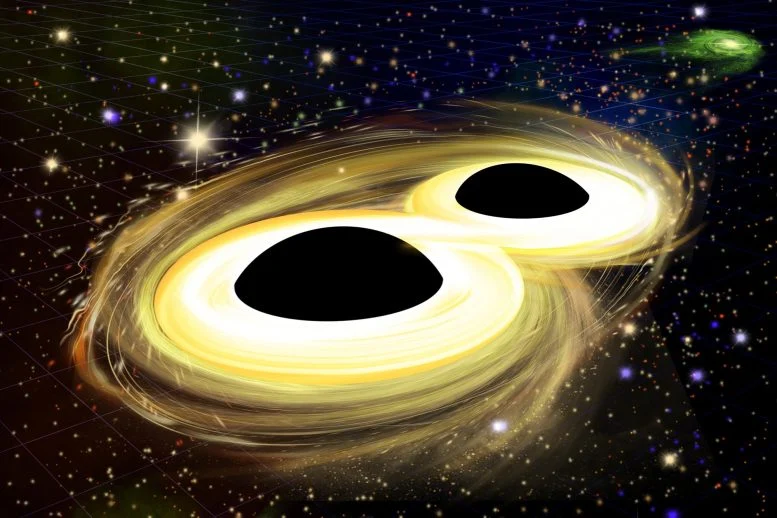
Leave a Reply